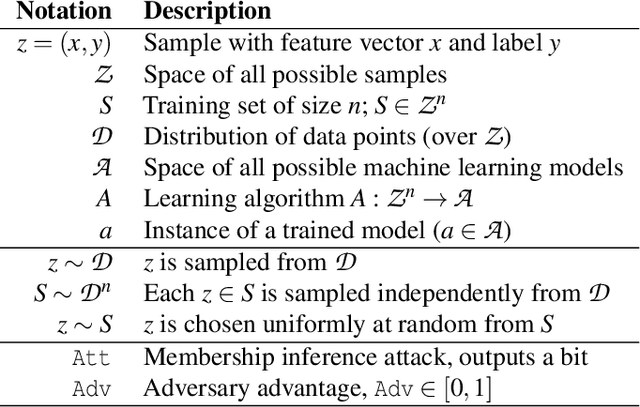Simon Oya
Fast and Private Inference of Deep Neural Networks by Co-designing Activation Functions
Jun 14, 2023Abstract:Machine Learning as a Service (MLaaS) is an increasingly popular design where a company with abundant computing resources trains a deep neural network and offers query access for tasks like image classification. The challenge with this design is that MLaaS requires the client to reveal their potentially sensitive queries to the company hosting the model. Multi-party computation (MPC) protects the client's data by allowing encrypted inferences. However, current approaches suffer prohibitively large inference times. The inference time bottleneck in MPC is the evaluation of non-linear layers such as ReLU activation functions. Motivated by the success of previous work co-designing machine learning and MPC aspects, we develop an activation function co-design. We replace all ReLUs with a polynomial approximation and evaluate them with single-round MPC protocols, which give state-of-the-art inference times in wide-area networks. Furthermore, to address the accuracy issues previously encountered with polynomial activations, we propose a novel training algorithm that gives accuracy competitive with plaintext models. Our evaluation shows between $4$ and $90\times$ speedups in inference time on large models with up to $23$ million parameters while maintaining competitive inference accuracy.
Differentially Private Learning Does Not Bound Membership Inference
Oct 23, 2020



Abstract:Training machine learning models on privacy-sensitive data has become a popular practice, driving innovation in ever-expanding fields. This has opened the door to a series of new attacks, such as Membership Inference Attacks (MIAs), that exploit vulnerabilities in ML models in order to expose the privacy of individual training samples. A growing body of literature holds up Differential Privacy (DP) as an effective defense against such attacks, and companies like Google and Amazon include this privacy notion in their machine-learning-as-a-service products. However, little scrutiny has been given to how underlying correlations within the datasets used for training these models can impact the privacy guarantees provided by DP. In this work, we challenge prior findings that suggest DP provides a strong defense against MIAs. We provide theoretical and experimental evidence for cases where the theoretical bounds of DP are violated by MIAs using the same attacks described in prior work. We show this hypothetically with artificial, pathological datasets as well as with real-world datasets carefully split to create a distinction between member and non-member samples. Our findings suggest that certain properties of datasets, such as bias or data correlation, play a critical role in determining the effectiveness of DP as a privacy preserving mechanism against MIAs. Further, ensuring that a given dataset is resilient against these MIAs may be virtually impossible for a data analyst to determine.
 Add to Chrome
Add to Chrome Add to Firefox
Add to Firefox Add to Edge
Add to Edge